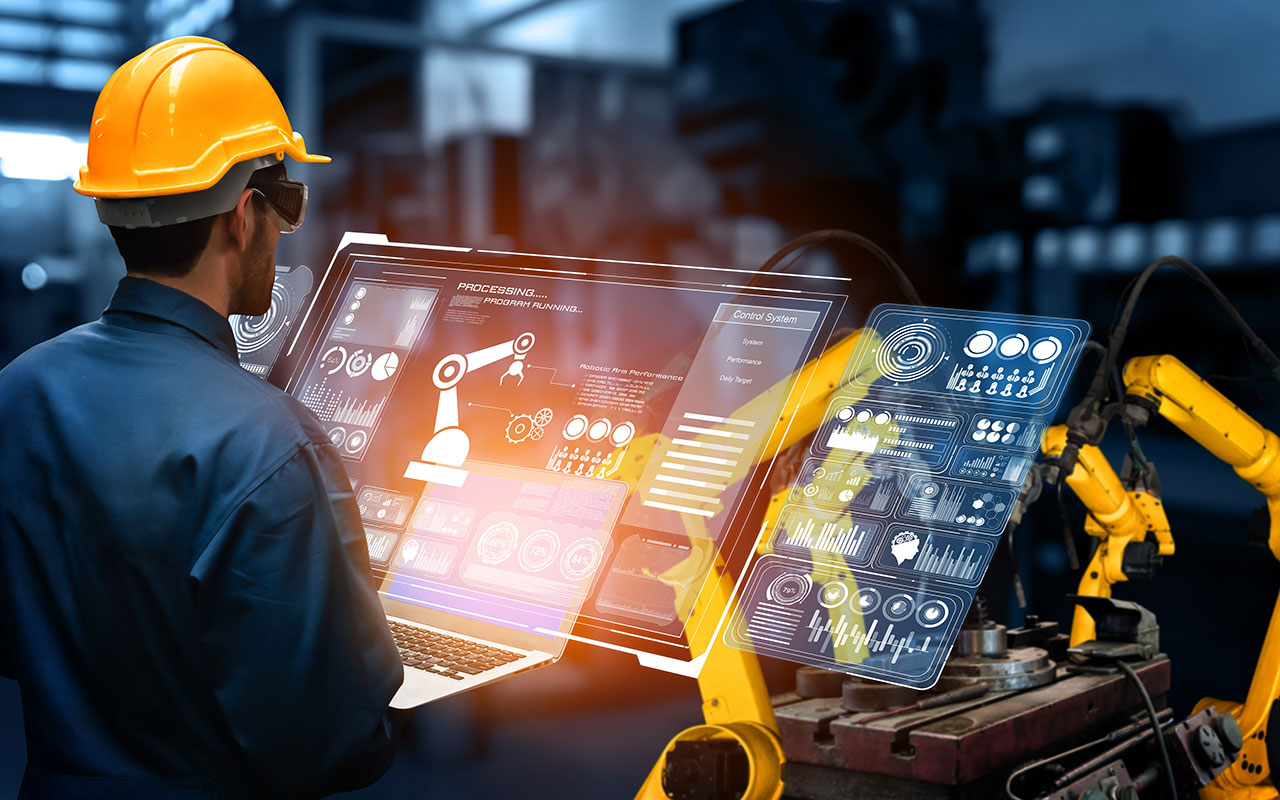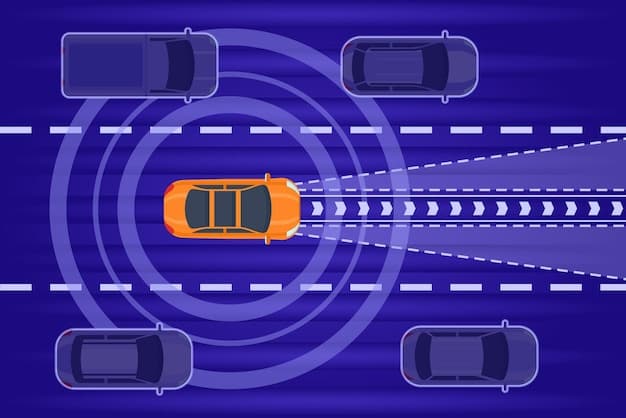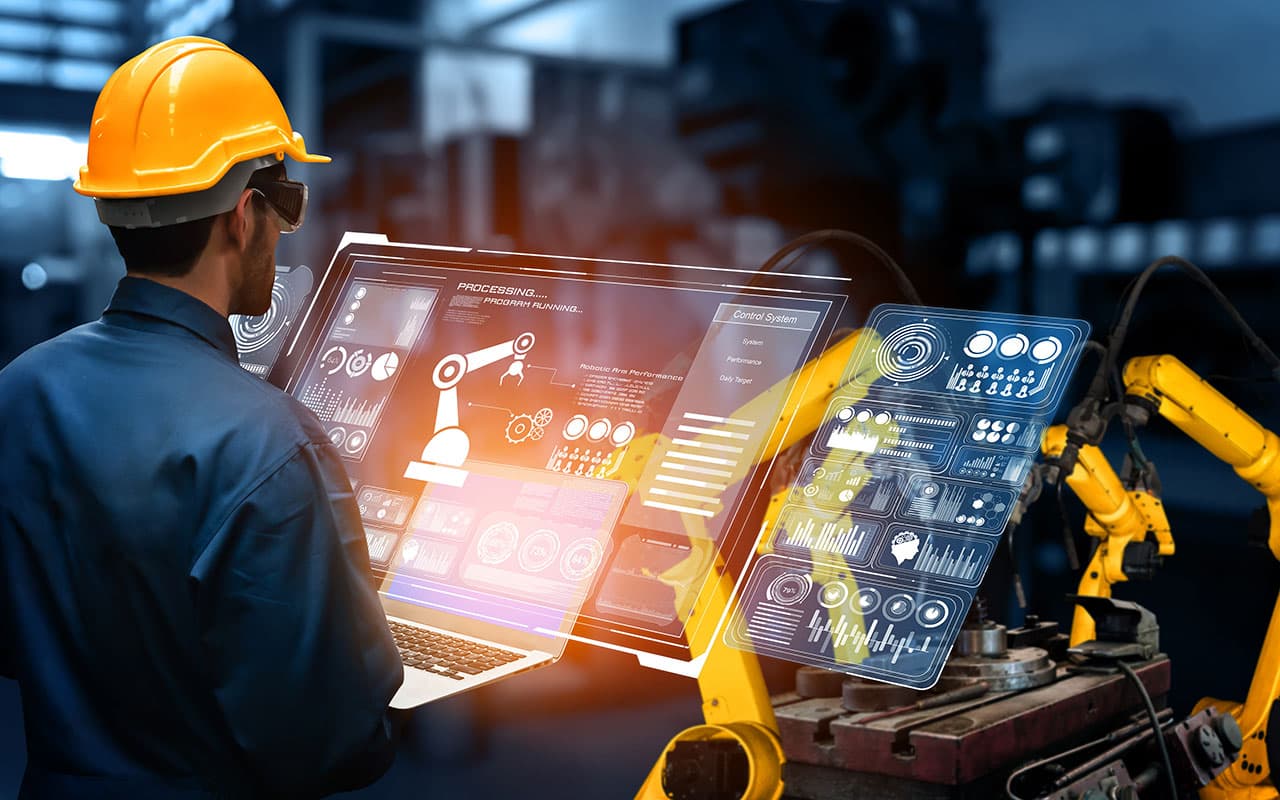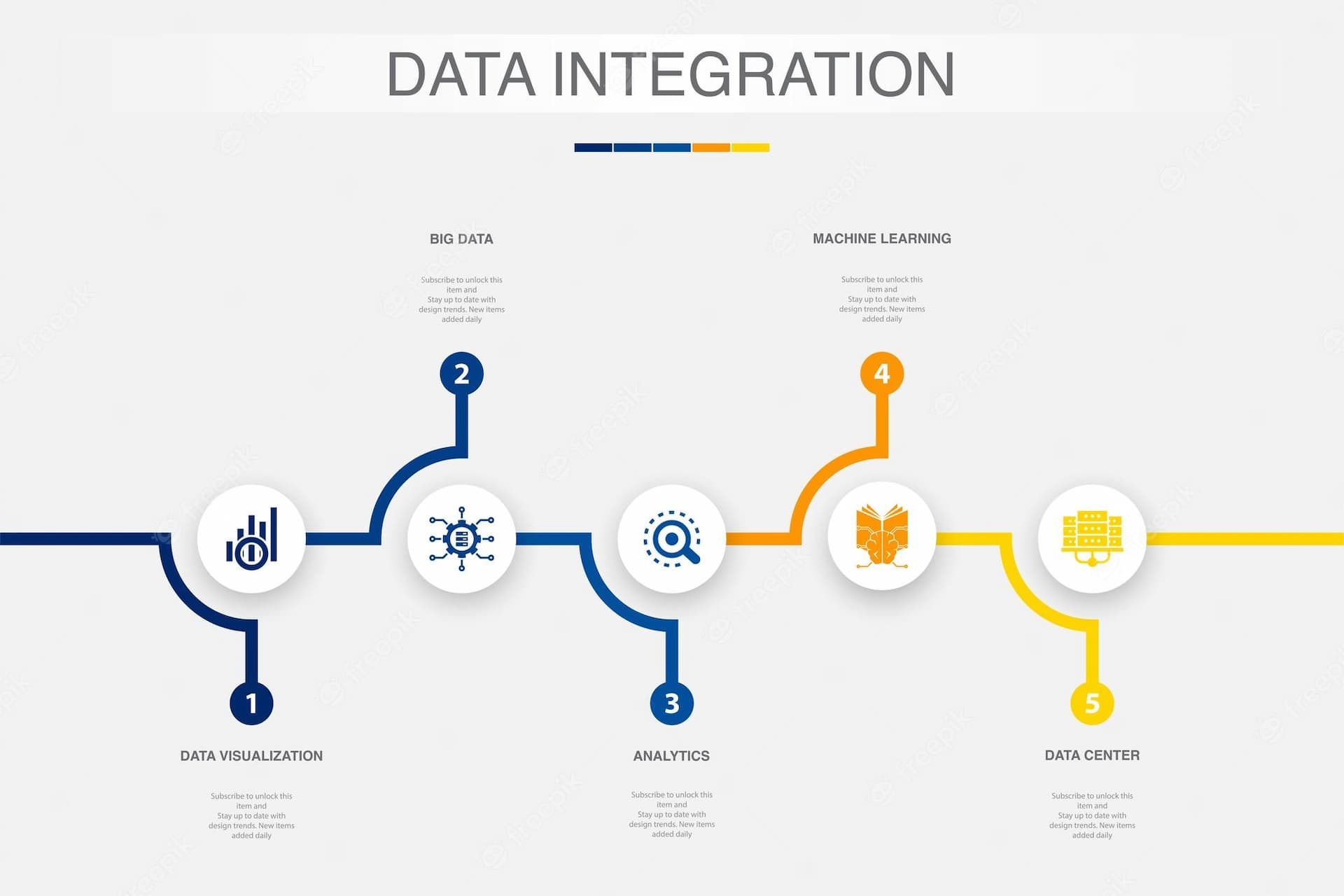
As we progress via the twenty first century, the fast growth of automation
and synthetic intelligence (AI) applied sciences is remodeling the office
and workforce. Whereas these developments have the potential to extend
effectivity, productiveness, and financial progress, in addition they
increase considerations about job displacement, talent shifts, and the
impression on numerous industries. On this article, we are going to discover
the way forward for work, the advantages and challenges of automation, and
the evolving talent necessities for the workforce.
1. What's Office Automation?
Office automation is the appliance of expertise, akin to software program and {hardware}, to carry out repetitive or predictable duties with out requiring handbook intervention. This course of goals to extend productiveness, effectivity, and value financial savings whereas lowering human error and liberating up workers to give attention to higher-value duties.
Automation has been part of the office for hundreds of years, relationship again to the Industrial Revolution. Lately, the shift towards automation has accelerated, pushed by developments in AI, machine studying, robotics, and cloud-based instruments.
1.1 AI and Automation within the Office
AI and automation applied sciences are remodeling the office throughout numerous industries. Some examples embrace:
- Hybrid office automation: Integrating expertise to optimize area utilization, automate room and desk reserving, and schedule cleansing based mostly on occupancy knowledge.
- Good areas with digital tags: Implementing digital shelf labels (ESL) to robotically sync, replace, and optimize pricing and stocking info.
- Asset monitoring: Automating stock monitoring and provide chain processes with smart-tracking applied sciences.
- Advertising automation: Personalizing buyer experiences and automating advertising and marketing campaigns utilizing AI-driven instruments.
2. The Affect of Automation on Workforce Expertise
Automation and AI applied sciences are reshaping the talents required from the workforce. Because the demand for handbook and fundamental cognitive abilities declines, the necessity for technological, social, emotional, and better cognitive abilities will increase.
2.1 Technological Expertise
The demand for superior and fundamental technological abilities will proceed to develop. Superior IT and programming abilities are anticipated to see the quickest progress, whereas fundamental digital abilities may also be essential for almost all of staff.
2.2 Social and Emotional Expertise
As machines change into extra succesful, the necessity for finely tuned social and emotional abilities will rise. Empathy, superior communication, management, entrepreneurship, and initiative-taking are among the many abilities that can be in excessive demand.
2.3 Larger Cognitive Expertise
Duties requiring increased cognitive abilities, akin to creativity, important pondering, decision-making, and complicated info processing, may also see elevated demand. These abilities allow staff to innovate, adapt, and optimize workflows within the face of automation.
3. Advantages of Automation within the Office
Automation affords a number of potential advantages for each workers and corporations:
3.1 Elevated Productiveness and Efficiency
By automating repetitive and mundane duties, workers can give attention to higher-value work, driving innovation and giving companies a aggressive edge.
3.2 Price Financial savings
Decreasing handbook work permits for better productiveness, which interprets to value financial savings for firms. As well as, automation can result in elevated worker satisfaction and, in some instances, increased wages.
3.3 Enhanced Security
Automation can remove dangers and harmful procedures within the office, notably in manufacturing and labor-intensive environments.
3.4 Decreased Human Error
Automating duties akin to knowledge entry and invoicing can cut back errors, resulting in improved worker satisfaction and total effectivity.
4. Challenges of Automation within the Office
Regardless of its advantages, automation additionally presents some challenges:
4.1 Job Displacement and Ability Shifts
The potential displacement of jobs on account of automation is a major concern. Nevertheless, historical past has proven that expertise typically creates new jobs whereas displacing others, shifting the forms of jobs obtainable out there.
4.2 Coaching and Adaptation
As automated techniques evolve, workers may have to accumulate new abilities or adapt to new workflows. Firms should spend money on coaching and assist to make sure a easy transition.
4.3 Preliminary Prices and Upkeep
Implementing automation applied sciences could include substantial upfront prices, recurring charges, and ongoing upkeep bills. Firms ought to rigorously take into account the long-term return on funding earlier than adopting new applied sciences.
4.4 Safety and Privateness
Introducing new applied sciences and workflows can create vulnerabilities in enterprise networks. Firms should implement strong cybersecurity measures to guard their techniques and knowledge from potential threats.
5. Automation in Totally different Sectors
Automation and AI applied sciences are impacting numerous sectors, with some experiencing extra important shifts than others. Right here is an summary of how automation is altering the panorama in 5 key sectors:
5.1 Manufacturing
Automation has been a major driver of change within the manufacturing business, with robots and AI applied sciences bettering manufacturing effectivity, lowering labor prices, and enhancing product high quality.
5.2 Retail
Within the retail sector, automation is remodeling buyer experiences and streamlining operations via digital tags, AI-driven advertising and marketing, and stock administration.
5.3 Healthcare
Automation in healthcare consists of AI-powered diagnostic instruments, robot-assisted surgical procedures, and streamlined administrative processes, finally bettering affected person outcomes and lowering prices.






















